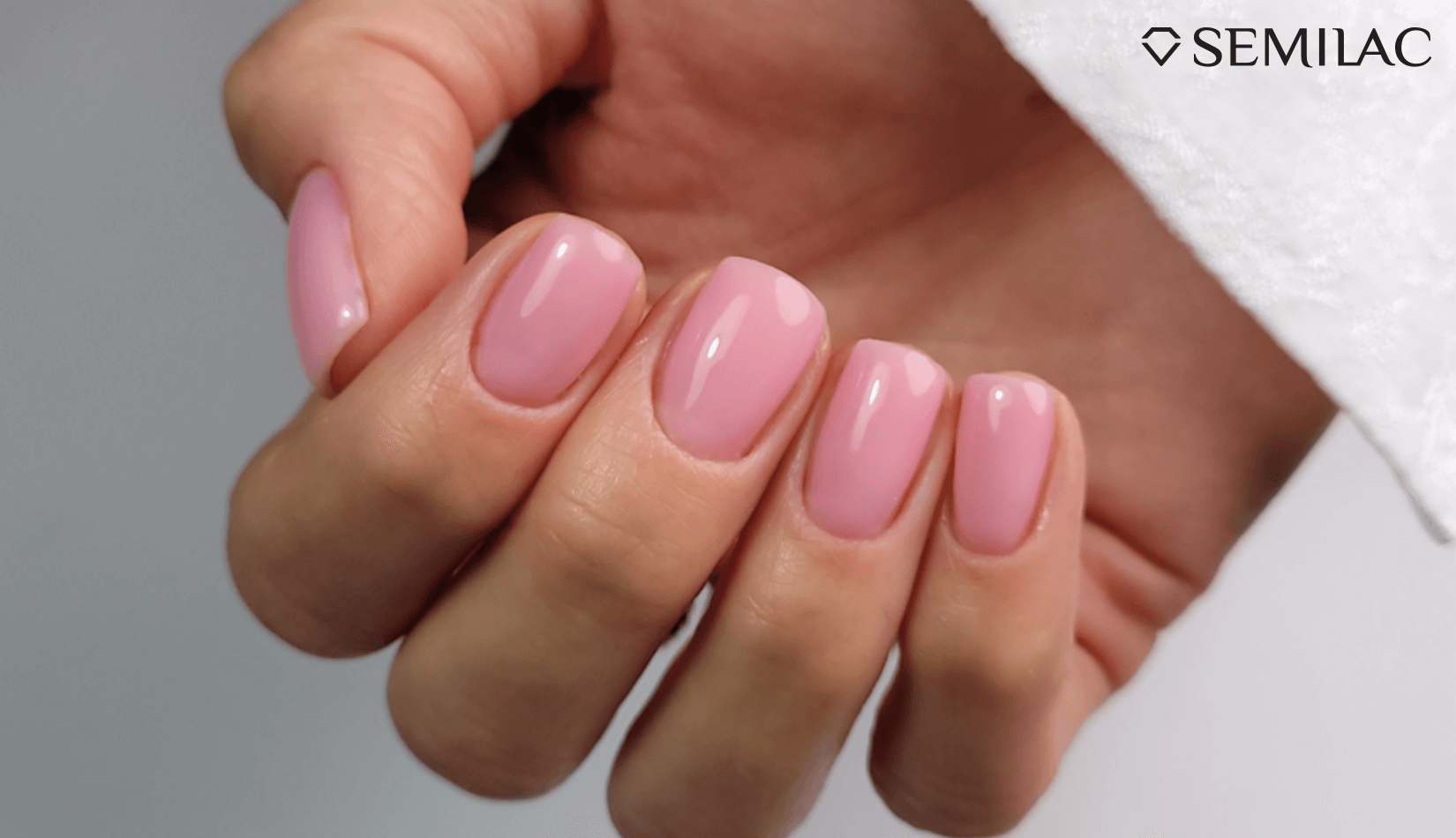What is the apex of a nail and why is it important when extending nails?
Nails serve a number of important protective and mechanical functions. Among the many terms linked to nail anatomy, the concept of the “apex” plays a key role both for nail health and for nail styling. So, what exactly is the apex on a natural nail, and why does shaping it correctly during styling matter so much?
What is the apex on nails?
The apex refers to the highest point of the nail. In terms of correct nail structure, it is usually located around one third of the nail plate length from the cuticle. How can you spot it? Look at the nail from the side and notice the slight curve or bulge roughly in the middle of the plate. That raised point is the apex - the “peak” of the nail. Along with the curves running from side to side and from the cuticle to the free edge, it creates a structure that distributes pressure across the whole surface. This is essential for nail strength, helping to prevent breaks.
Some people naturally have flatter nails without an apex. Such nails are weaker, as all pressure is concentrated in one place.
If you’re extending nails, remember that a longer nail plate must have its own apex. Shaping the apex properly is important because it balances the nail and defines its form. In professional manicures, especially when applying extensions, the correct placement of the apex is crucial both for aesthetics and functionality.
Functions of the apex in nail structure
-
Structural support:
The apex strengthens the nail. Thanks to its placement, the nail can better withstand mechanical stress, reducing the risk of cracks or damage. This is especially important for people with active lifestyles or manual jobs. -
Aesthetics:
The apex gives nails a beautiful, well-shaped look. For artificial or extended nails, a well-formed apex adds elegance. If it is too high or in the wrong place, the nail shape can look unnatural. -
Functionality:
The apex affects how the nail reflects light, influencing its shine and overall appearance. It also makes nails practical for everyday use - from gripping small items to opening packaging. On natural nails, the apex is positioned to support these movements. With artificial nails, knowing where to build the apex ensures both beauty and usability.

The role of the apex in nail extensions - the apex and the C-curve
In nail styling, correctly forming the apex is one of the most important skills for extensions. Poor placement can lead to uneven wear and reduce the durability of the manicure.
When using hard gel or acrygel, the apex functions just as it does in natural nails - absorbing stress. That’s why the apex should be created close to the stress point (the nail’s weakest spot).
If placed correctly and combined with a pinched C-curve at the stress line, nails can be made thinner while still strong and more natural-looking. If pinching isn’t possible (due to nail hardness or other factors), then the apex must be built up with the right thickness of product to maintain stability.
Where should the apex be placed?
Several factors must be considered:
-
the planned length of the style,
-
the natural shape of the nails (well-curved, flat, tubular, etc.),
-
the chosen nail shape (almond, square, etc.).
The apex should always sit just before the stress line, not directly on it (since nails grow and the product shifts forward).
-
Almond nails: apex should be around 50% of the extension length.
-
Square nails: apex is placed at roughly 30% of the natural nail plate (from the cuticle area).
-
Height: usually around 1.5 mm.
The material should blend smoothly into the natural nail, without visible height differences. At the same time, the product layer shouldn’t be too thin, or it may lift.
By length:
-
Short styles (80% nail bed): a thin layer is enough, with the apex at the mid-point of the nail.
-
Medium length (two-thirds nail bed, one-third free edge): apex just before the midpoint (about 1 mm towards the cuticle).
-
Long styles (free edge = 50% of total length): divide into thirds and place the apex closer to the cuticle to avoid breakage.
Final thoughts
The apex is a key element affecting nail health, beauty, and functionality. Correctly shaping it is vital for structural integrity as well as for attractive results. In nail care and styling, mastering apex placement is essential for creating strong, durable, and elegant nails.
FAQ
1. What is the apex on nails?
The apex is the highest point of the nail, usually about one third of the way along the plate from the cuticle. Seen from the side, it’s the curve that helps distribute pressure and prevent breaks.
2. What functions does the apex serve?
It strengthens the nail against mechanical stress, enhances its appearance by giving it a graceful shape, and supports everyday nail use thanks to its balanced height and placement.
3. Where should the apex be placed?
Placement depends on the nail’s natural structure, the chosen shape, and the planned length. Typically, it should be just before the stress line and about 1.5 mm high. For almond nails, it’s placed halfway along the extension; for square nails, around 30% of the natural plate length.









